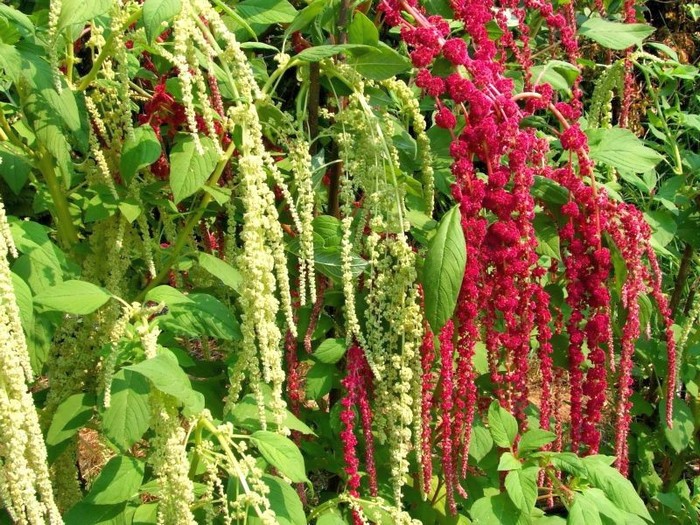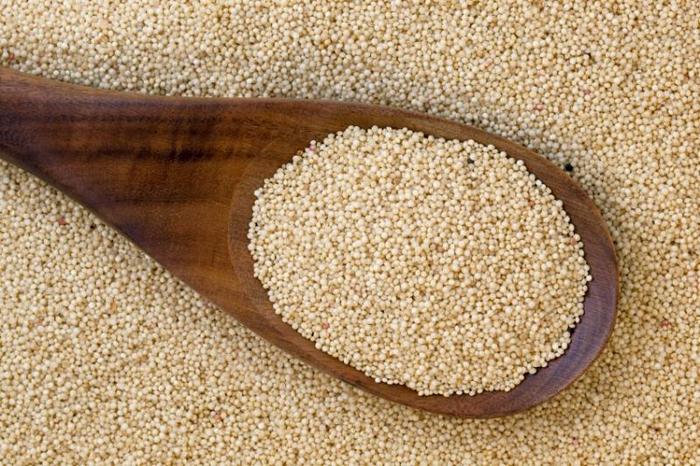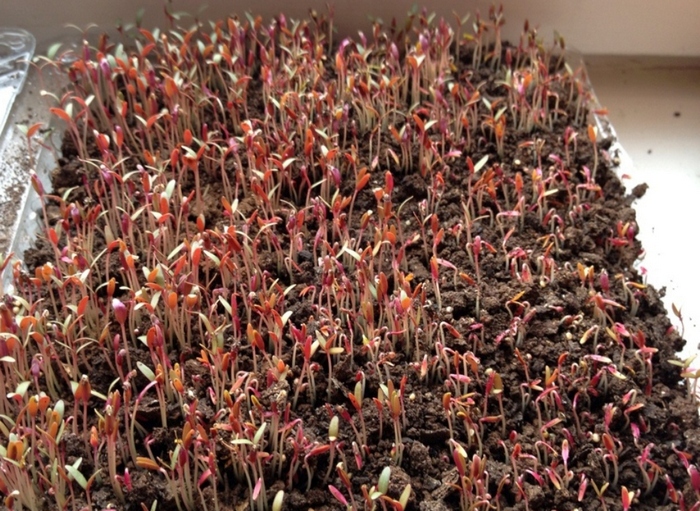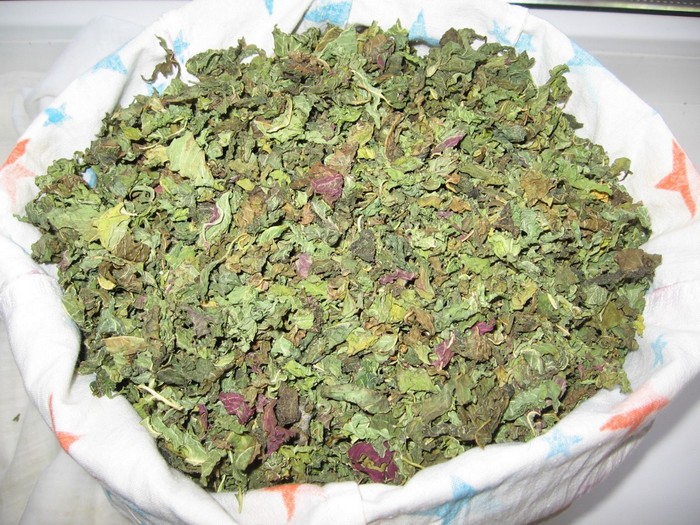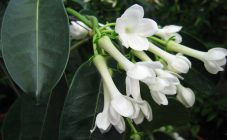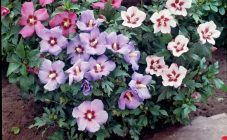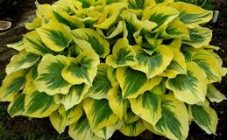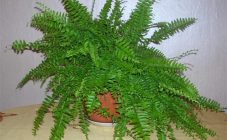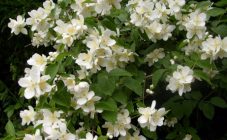Today, more and more people are recalling amaranth - a culture that was cultivated in ancient times. Many species of this plant are suitable for both food and flower beds. In addition, amaranth is also grown on an industrial scale.
Description and origin of culture
Amaranth (lat. Amaranthus), or in another way shiritsa, is a plant belonging to the Amaranth family. In the wild, it grows in India, as well as in China and the United States. In East Asia, it is cultivated as a vegetable plant, but can also be used as an ornamental plant. In ancient times, amaranth was cultivated as one of the main cereals. Today this can also be found, but extremely rare. Moreover, some plant species are considered weeds - amaranth is bluish and upturned.
All amaranths are divided into groups:
- cereals;
- feed;
- vegetable;
- decorative.
Vegetable varieties are characterized by the fact that they consume the green part of the plant. The grain of such crops is not suitable for food. However, in some countries, the grain of the vegetable varieties of amaranth is still used for the manufacture of livestock feed.
The feed group is intended for feeding animals. The protein and nutrient content of such plants is off scale. Hence their popularity in agriculture. The same applies to grain varieties of amaranth. The difference between them is small: the grain contains the least amount of toxins.
Ornamental varieties can even be poisonous and have no agricultural benefit. They are used only as decoration in landscaping.
The following types of decorative widths are most common:
- caudate;
- tricolor;
- red.
- dark;
- paniculate.
Especially for the regions of Siberia, a variety of fodder amaranth Cherginsky was bred. It is early ripening and has high yields. Collect green mass and grain from it.
The genus of plants Amaranth includes annual species or short-lived perennials. The height of the culture can be up to 3 m, and the thickness of the stem can reach 10 cm. It has large oblong leaves, pointed towards the top. The plant has a characteristic inflorescence in the form of a lush panicle, reaching a length of one and a half meters. The amaranth seed is small enough. One inflorescence can contain up to half a kilogram of seeds and up to a thousand leaves.
It blooms from June until frost. Prefers open, well-lit areas. The soil should be light, nutritious with neutral acidity and free from excess moisture. Watering is required only when the seedlings are rooting, and then only in very dry weather.
Amaranth propagates by seed, and this is the most common method. They are sown in the early spring in the ground. Breeding with stem cuttings is also possible. In the spring, at the very beginning, the cuttings are planted in small pots and left in a bright and warm place. For better rooting, you can use a phytohormone.
Amaranth: how to grow from seeds at home
Amaranth can be grown in the country as an ornamental plant. This will not be difficult, since the culture is unpretentious to care for. When growing amaranth from seeds, they need to be planted when the soil at a depth of 5 cm is already warmed up to 10 ° C. Before planting, the site is dug up and mineral or complex fertilizers are applied - 30 g per 1 m².Timely sowing of amaranth will allow you to get rid of weeds, because the plant quickly gains strength and does not allow others to develop next to it.
The depth of the seeds is about 1.5 cm. For convenience, the seeds are usually mixed with sand or sawdust to make it easier to sow a large area. The distance between the rows is kept within 50 cm, and between the plants about 10 cm. Seedlings will appear in a week and a half. If you tighten and plant amaranth in May, you will have to do weeding so that the weeds do not drown out the seedlings.
When the plant reaches 20 cm, fertilize with nitrogen fertilizers, but in a dose 2 times less than what is written in the instructions for the product. Amaranth will ripen in 3 months, not earlier.
Amaranth can also be grown using seedlings. Then the seeds are sown in containers at the end of March. The height of the sides of the container should not exceed 10 cm. Seeds are sown into moist soil to a depth of about 2 cm and they are placed at home to germinate in a warm place with good lighting.
Then the temperature is maintained at 22 ° C and the plantings are sprayed from the sprayer. The first shoots will appear in a week. When the amaranth germinates, you need to thin out the plants, removing the weakest. After the appearance of 3 leaves, they are transplanted into individual containers, each with a diameter of about 12 cm.
Care is needed only in the first month, until the plant grows. Seedlings develop slowly at first and need to loosen the soil, water and remove weeds. Then amaranth drowns out nearby plants.
Watering is needed only in dry times. Top dressing is performed 3-4 times during the growing season. Mullein is used in a ratio of 1: 5 and ash at the rate of 200 g per 10 liters of water.
Harvesting
Garden-grown amaranth can be used to make infusions and teas, and also as a seasoning. But only on condition that amaranth is not decorative and edible. All ground parts of the plant are collected - inflorescences, leaves and thick stems. Both the whole plant and its individual components are dried.
Depending on how the amaranth will be dried, the collection time is determined. Leaves can be cut throughout the growth of the crop. If you want to dry the whole plant, it is immediately dug up by the root when the stem reaches a height of 25 cm. The inflorescences are cut at the peak of flowering, but before the grains begin to ripen.
In addition to drying, to prepare amaranth for the winter, a method such as freezing is used. The beneficial properties of the plant will be preserved in any case.
When preparing and storing amaranth, there are several recommendations:
- the leaves are thoroughly washed and shaken off excess moisture from them;
- you can dry it by spreading the plant on paper in a well-ventilated area or tied it in bunches and hanging it from the ceiling;
- plants should not be placed too tightly when drying.
After the amaranth has dried, it should be crushed and stored in jars or bags.
How to grow amaranth for seeds? A few strong and vigorous plants are left to collect the seed. You do not need to cut the leaves from them. When the stem becomes whitish, and the foliage begins to dry and fall off, you need to cut off the inflorescences and place them in a dry room. There they will dry up, and you can collect seeds. Amaranth germination lasts up to 5 years.
As you can see from the description above, there is nothing difficult in growing amaranth. Moreover, the flower does not require abundant watering and weeding, which is only on hand to any summer resident. The main thing is to choose a suitable variety and plant it in open ground on time!
